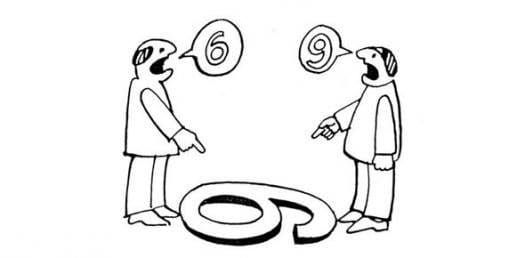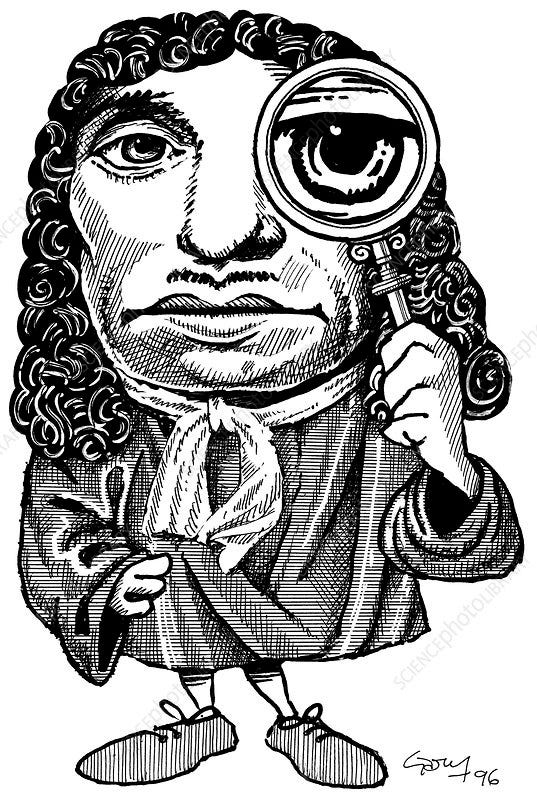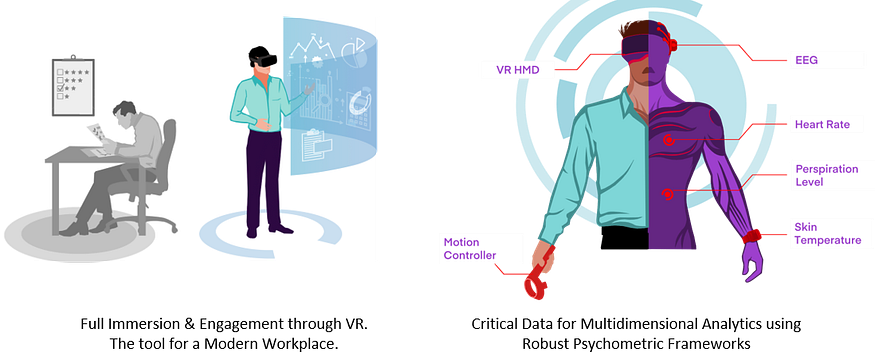Ever wondered how playful VR games can reveal hidden truths about ourselves? To understand this, we need to delve deeper into the very concept of “reality.” While dictionaries define it as “what actually exists,” the real question lies in how we, as individuals, perceive and define what’s real.
Defining “reality” itself is tricky. Does it exist solely in the physical world, or do our thoughts, emotions, and experiences paint a unique reality for each of us?
“Reality” isn’t just the world outside our heads; it’s a personal construction, built on our perceptions, biases, and experiences. And VR games, with their immersive potential, can tap into this internal world like never before.
Think about it: in a VR game, you’re not just watching, you’re actively engaging. You’re making choices, solving problems, and navigating virtual landscapes. These experiences, however imaginary, reveal hidden aspects of your thought processes, risk tolerance, and even emotional responses.
Our “reality” isn’t as fixed as it seems. It is an interplay of different complex factors. Let’s delve deeper into the nuances that shape our reality –
1. Perception
The first gateway to our understanding of reality is through perception, i.e., if we can see, touch, smell, hear or taste something, then it is real for us.
If so, do we consider micro-organisms in the air and water around us real? We cannot perceive them through our sense organs but we consider the threat of infection by contaminated water ‘real’ enough to purchase bottled water every time we travel.
Or take the case of dinosaurs. We say they were real, that is, they existed, though we cannot see them now.
So, why do we call microbes or dinosaurs ‘real’ even though we cannot perceive them? The answer is simple — Because we KNOW microbes exist and dinosaurs did. This brings us to the second gateway to our understanding of reality.

2. Knowledge
So, perception backed by knowledge is reality. If it is so, our ‘reality’ changes over a period of time with the ‘change’ in our knowledge.
Let us examine our previous example of microbes and dinosaurs.
If we had told our ancestors in the 15th century that the water we drink contains living organisms, before Antoni Van Leeuwenhoek saw a squirming amoeba under his microscope, they would have labelled us crazy.

The perception of reality by a four-year-old is different from an adult as their knowledge levels are different. You will not judge a four-year-old who thinks dragons are real but will judge a forty-year-old who says the same!
This brings us to the third gateway to our understanding of reality –
3. Proof of Knowledge
Mendel, tinkering with peas in his backyard, cracked the code of genetics. He never saw genes under a microscope, no textbook held such secrets back then. Yet, his models explaining how traits hop across generations hold firm even today. That’s what makes him the father of genetics.
Science thrives on invisible things like gravity and energy. We can’t grab them, but experiments built to prove their existence work every time, everywhere, for anyone. That’s proof they’re real, tangible truths.
But even proven knowledge isn’t guaranteed to become our reality. The final hurdle? Acceptance. That’s the toughest battle.
4. Societal Acceptance
Galileo’s “Sun-centered” idea got him branded a heretic. Sounds crazy now, but back then, it threatened the accepted “reality” of the Church.
Science builds knowledge through peer review and research, like a society’s stamp of approval. Without that, it’s not “real.”
But much of our own “reality” isn’t based on knowledge, but on social and cultural norms. How we dress, talk, love, and raise kids—all dictated by these unwritten rules, shaping our world.
So, how do we understand someone’s “reality”? Through their reactions.
If we can recreate real-life situations and study how they respond, it’s like peeking inside their brain. Every twitch, every decision, paints a picture of their world.
These responses become clues to unlock the hidden factors shaping their reality:
- Perception: How they see, hear, and experience the world.
- Knowledge: What they know, which guides their choices.
- Skills: How they put their knowledge into action.
- Social Norms: How they navigate the unspoken rules of their surroundings.
By analyzing these responses, we can build a mosaic of their unique reality, a deeper understanding that goes beyond words.
So, what if we could build tests that tap into these four pillars of reality perception?

How PerspectAI’s VR Games Can Put Your Reality to the Test
Imagine VR games that mirror real-life situations and capture your every response. Every move and every decision becomes a clue to your unique reality.
Need a sales manager who thrives on risk, adapts like a chameleon, and plays well with others? Put them through high-stakes VR games and watch them shine! Their reactions will reveal their skills, knowledge, and even how they perceive pressure.
PerspectAI creates assessments that understand how people navigate their reality. We help companies go beyond resumes and interviews, seeing how candidates will truly behave in the real world.
Ready to level up your hiring game? Click here and discover the power of our assessments!